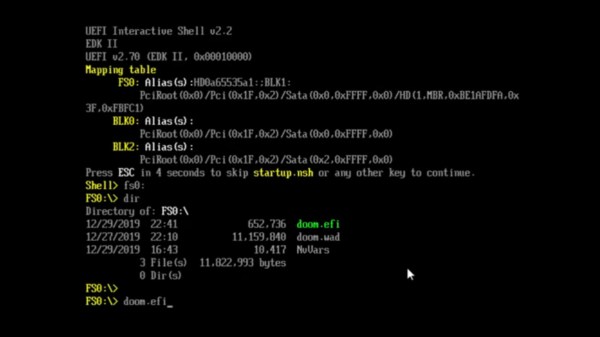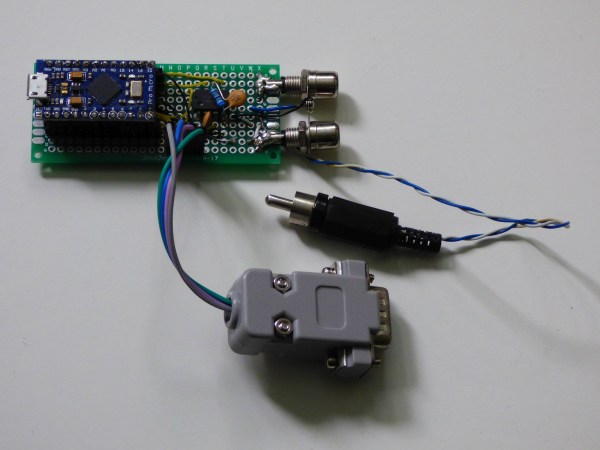If you’re one of those people who got into building electronics for the purpose of making music, then this Raspberry Pi RP2040-based audio DSP project by [DatanoiseTV] might be of interest. Provided is a FreeRTOS template application for creating Eurorack compatible synthesizers, effects processors, and similar DSP-based audio widgets.
The hardware platform has the usual Eurorack connectivity, including MIDI in, Control Voltages (CV) and the usual 5V-compatible triggers. An audio output is provided to send the audio out to the system mixer or any other analog modules. Additionally, connections are provided for a rotary encoder, a few push buttons, and an OLED display to allow construction of a rudimentary user interface on the module, if that is required.
The application template is generic enough, however the project is intended to be used with the Vult DSP transcompiler. Vult is a high-level programming language designed to enable easy creation of audio synthesizers and similar, producing C++ code as an output of the compilation process. This is then wrapped up with the RTOS goodies (although you don’t actually need them) to drop onto the RP2040 in the usual way, via the handy USB-C port. So, if you’re looking to get into DSP-based Eurorack modules for your homebrew synth rack, this might be a good place to start.
Just like the RP2040 isn’t the most obvious choice for a DSP application, neither is the ESP32 for that matter, but who cares? many modern micros are more than capable of audio DSP these days, with or without the dedicated functionality.
















